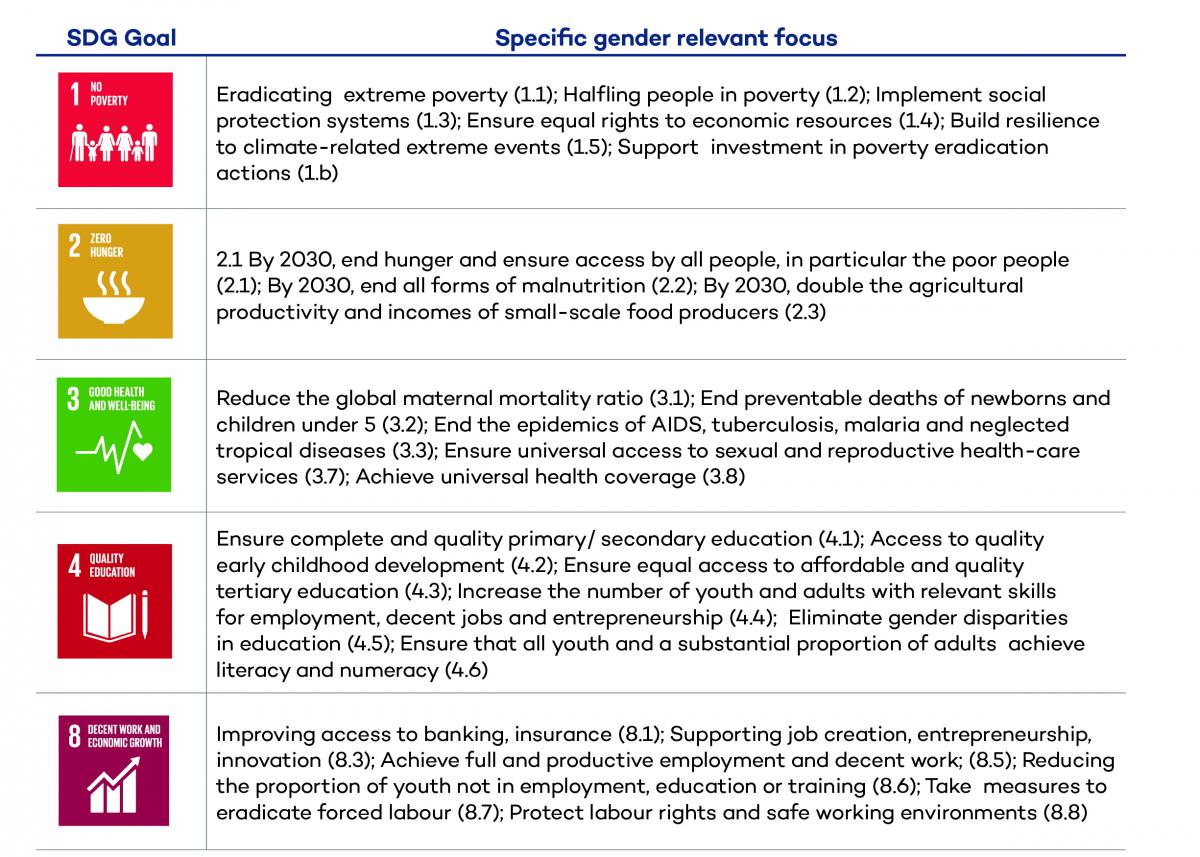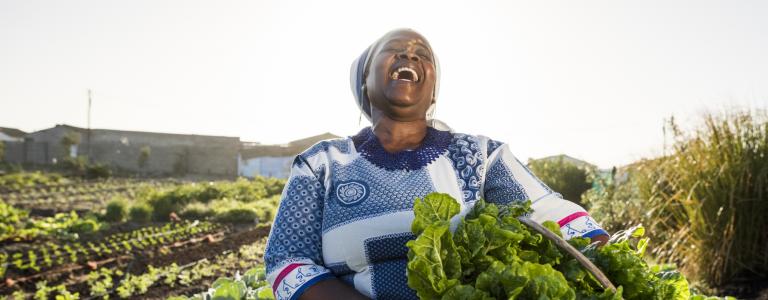How Can the SDGs Contribute to Gender Equality?
How are the Sustainable Development Goals looking to ensure gender equity. This International Women's Day, Livia Bizikova takes a look.
Today, March 8, 2017, is International Women’s Day, which emphasizes the unfortunately continual struggle for women’s rights, even in the 21st century. Let’s take a look at some of the statistics.
Globally, women make an average of 23 per cent less than men, and women take home one tenth of the global income, while accounting for two thirds of global working hours. Moreover, only 22.8 per cent of all national parliamentarians were women as of June 2016, a slow increase from 11.3 per cent in 1995.
We cannot imagine a sustainable future without achieving equality for women. The 2030 Agenda outlines ambitious priorities for sustainability for the next 13 years. It is therefore critical that women’s rights and gender are addressed in the Sustainable Development Goals (SDGs).
Women’s and gender issues are captured as a stand-alone SDG, #5 on Gender Equality, as well as in a number of areas important for women. SDG 5 focuses on critical issues such as ending all forms of discrimination (5.1), eliminating all forms of violence against all women and girls (5.2); eliminating all harmful practices, such as child, early and forced marriage and female genital mutilation (5.3); and also valuing unpaid care and domestic work (5.4).
These are important steps, but in order to effectively work towards achieving gender equity, we must integrate gender across all the SDGs, and include gender considerations in all sustainable development work.
To that end, here at IISD we have identified the five most relevant goals on which we can focus on gender equity. These goals cover important issues aiming to tackle specific aspects of inequality, for example, ensuring equal access to economic resources for women (1.5); access to nutrition food (2.1. and 2.2); access to education at all levels (4.1–4.3); and creating access to decent jobs (8.1–8.5).
It is the role of all national and subnational governments, and all of us, to make sure that the SDGs are implemented, with an eye kept on ensuring gender equity, to make sure that the sustainable development agenda works for all.

You might also be interested in
How to Strengthen MEL Systems for Adaptation
Monitoring, evaluation, and learning (MEL) systems are about ensuring we implement climate change adaptation more effectively and more efficiently. So, what can we learn from different countries currently tackling the challenges of developing and delivering MEL systems for adaptation? Lucy Njuguna and Emilie Beauchamp dive into the findings and recommendations from a new report.
National Monitoring, Evaluation, and Learning Systems for Climate Change Adaptation
This report aims to support governments that are advancing their national monitoring, evaluation, and learning (MEL) systems for climate change adaptation by providing a comparative analysis of the experience of nine countries.
Rethinking Investment Treaties
International investment treaties and their investor–state dispute settlement (ISDS) system are facing growing scrutiny. But what would an alternative system—one fit for the challenges of the 21st century—look like?
Advancing Gender Equality and Human Rights at COP 29: Why intersectionality matters
There has been resistance to integrating intersectionality language in UNFCCC discussions, but Angie Dazé explains why it is a key step toward climate justice.
